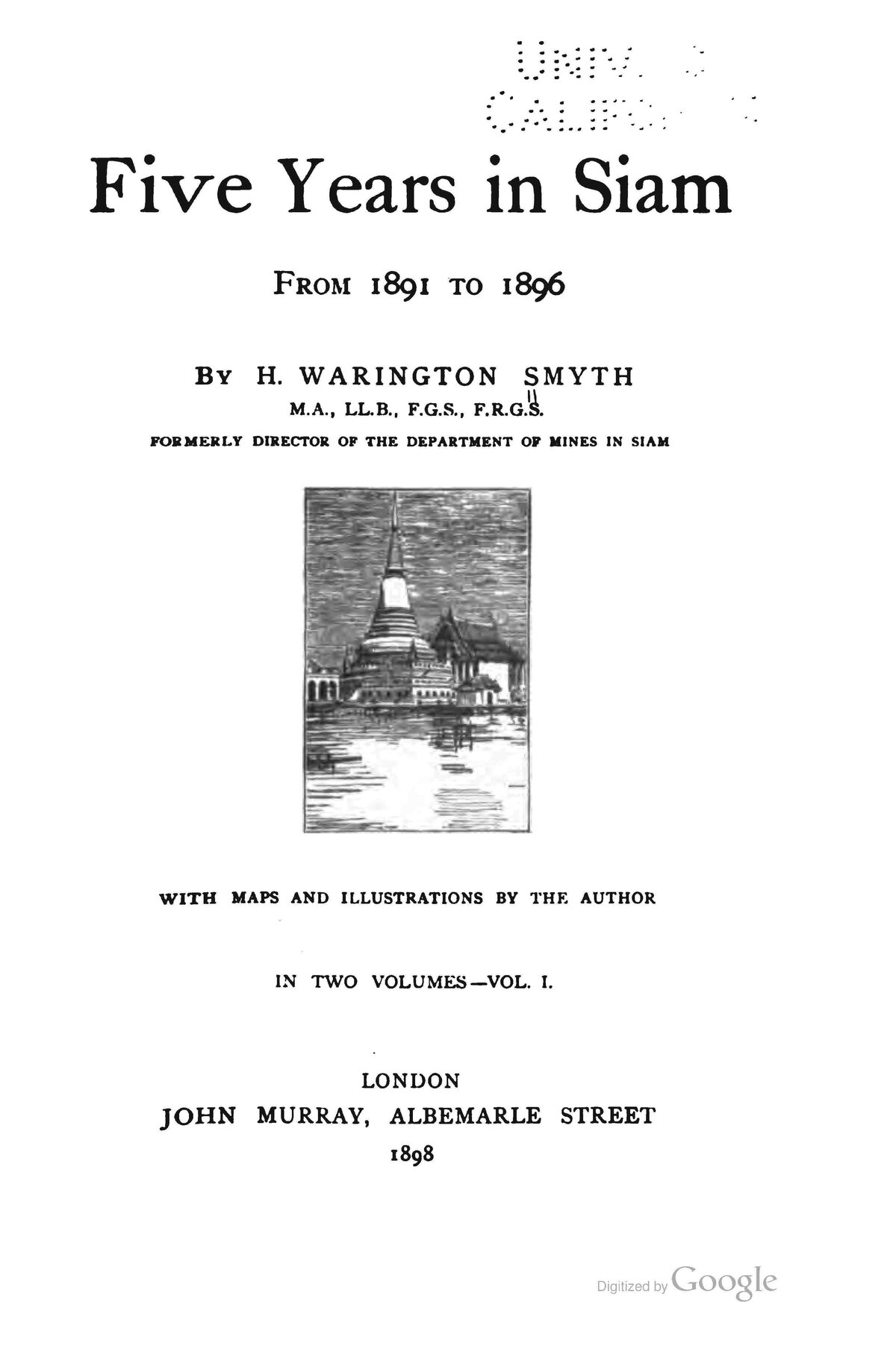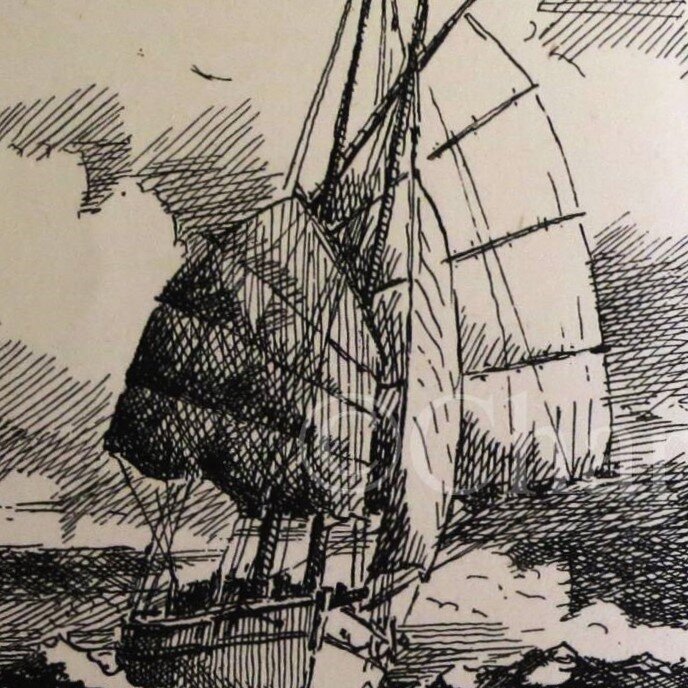Talaing
bm တလိုင်း talaing | kh តាឡាងិ talangi | ch 得楞 To-leng | [?] sk तैलङ्ग Tailaṅga "the Tailanga country"
Talaing is one of the Burmese names referring to the Mon people, and used during the British colonial era along with Peguan, from Pegu, the ancient capital of Lower Myanmar.
While the word has been found in local inscriptions dating back to the reign of King Anawrata (1044-1077 CE), its etymology remains unclear, one hypothesis being it was linked to the Telinga-Kalinga-Karnatak region of southeast India - cf. Sanskrit तैलङ्गः tailaṅgaḥ "inhabitants of Tailanga [Telinga]".
British colonial historians commonly used the words 'Talaing' or 'Peguan' to refer to the Mon people of Burma. For instance, Deputy Commissionner of Burma C.J.F.S. Forbes wrote in 1882: "Burmans are of the Mongolian race, of which the Talaings, Shans, Siamese, and Chinese form also a part. Both their bodily characteristics and their language when compared prove the utter want of connection between the Burman and Rajput races." However, Mon communities have rejected the term for a long time, and it is now considered as pejorative.
Studying Chinese sources from the beginning of the 17th century, Paul Pelliot has proposed that the the To-leng (Tailang) formed a tribe from the 大古喇 "Grand Kou-la [polity], also called 擺古 Pai-kou (Pegu)", were also called 'kola", and joined forces with the Siamese against the Burmese in 1610. According to him, they were dwelling "in the Irawaddy estuary, or perhaps near Martaban" [ancient name of Mottama bm မုတ္တမမြို့, mon Muttama မုဟ်တၟံ, a town in the Thaton District of Mon State, on the west bank of the Thanlwin River (Salween), an important trading center and the capital city of the Martaban Kingdom (later Hanthawaddy Kingdom) from 1287 to 1364.


